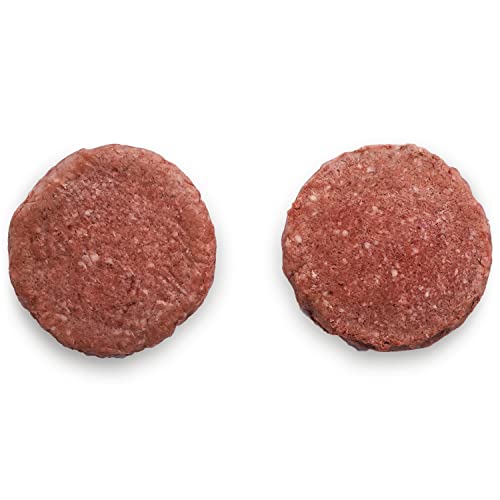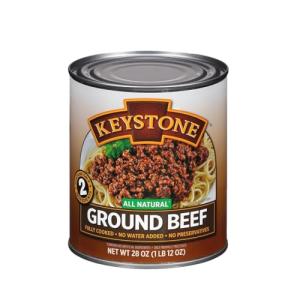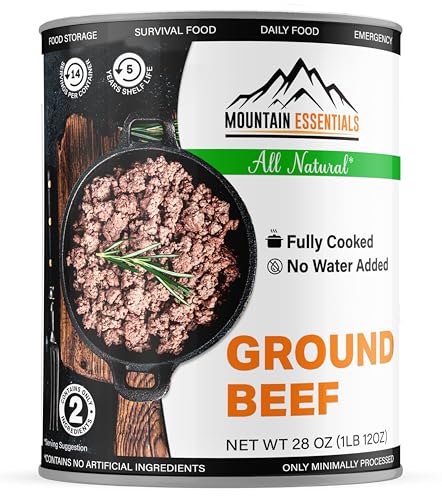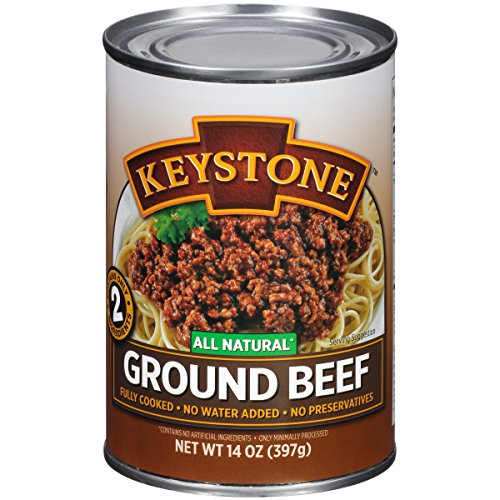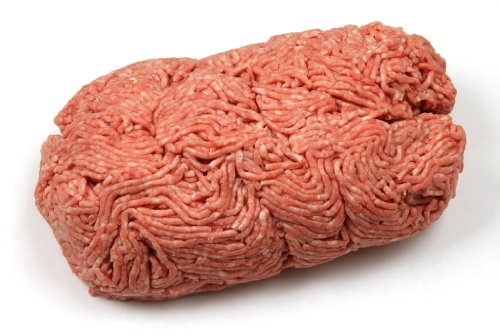If you’re looking to whip up a tasty beef stew, picking the right meat is crucial. You want cuts that become super tender and full of flavor after simmering. Let’s dive into the best cut of beef for stews and why they rock.
First up is chuck roast. This cut has plenty of marbling, which means more juicy goodness. When you cook it low and slow, it breaks down beautifully, making for a rich, hearty stew. You really can’t go wrong with chuck if you want something that’s both budget-friendly and delicious.
Next on the list is brisket. While it’s often used for barbecue, brisket also shines in stews. This cut is packed with flavor and has a nice texture that holds up well during cooking. Just give it some time, and you'll end up with mouthwatering bites that melt in your mouth.
If you want something a little different, try short ribs. These beauties are incredibly rich and tend to add a luxurious touch to your stew. They’re super meaty and come with a lot of connective tissue, which turns juicy when cooked. The result? An irresistible stew that everyone will love.
So, when you’re aiming for the best cut of beef for stews, think about chuck roast, brisket, or short ribs. Each cut has its own unique flavors and textures that can take your dish from good to unforgettable. Happy cooking!
Tasty Choices for Hearty Comfort Food
When the weather cools down, nothing hits the spot like a warm, hearty stew. It’s the kind of comfort food that wraps you in a cozy hug from the inside. But to make your stew truly delicious, you’ve got to start with the right beef. So, what’s the best cut of beef for stews? Let’s break it down.
Look for cuts that are known for their flavor and tenderness after a long, slow cook. Chuck roast tops the list. It comes from the shoulder area, which means it has a nice amount of fat and connective tissue that breaks down beautifully during cooking. This makes it juicy and full of flavor, making it the best cut of beef for stews. When you stick it in the pot, it practically begs to be paired with hearty veggies and seasonings.
Another great option is the brisket. This cut has a lot of flavor and becomes incredibly tender when cooked low and slow. If you’re feeling adventurous, try adding some spices and herbs to give your stew a kick. It’s a perfect match for those colder days when you just want to stay in with a big bowl of something warm.
Don’t forget about round cuts, either! Top round and bottom round are budget-friendly choices that can also work well in stews. They may be leaner, but with the right cooking time, they can still provide a satisfying meal. Just make sure to slice them thin against the grain to keep things tender.
In the end, the best cut of beef for stews is all about what you enjoy. Whether you go for chuck, brisket, or round, you can’t go wrong when you let those flavors mix and meld over time. Get ready to serve up some serious comfort food that’ll warm your belly and your heart!
Grumpy Butcher Wagyu Beef Short Ribs, 4 pack
Indulge in the unrivaled tenderness of Grumpy Butcher Wagyu Beef Short Ribs with this 4-pack
Product information
Product Review Score
4.97 out of 5 stars
158 reviewsProduct links
Beef Cuts That Make Stews Sizzle
When it comes to making a stew that really wows, the choice of beef cut plays a huge role. You want meat that can stand up to long cooking times while still delivering rich flavor. Let’s dive into the best cut of beef for stews that will leave your kitchen smelling delicious!
One of the top contenders is chuck roast. This cut comes from the shoulder and is packed with connective tissue, which breaks down beautifully when slow-cooked. It gives your stew a hearty texture and deep flavor. Just cube it up, toss it in the pot, and let it work its magic.
Another excellent option is brisket. This cut has a wonderful balance of meat and fat, making it super juicy. When you cook brisket low and slow, it becomes tender and full of flavor, adding a richness to your stew that’s hard to beat. Plus, it holds up well to all those veggies and spices you're going to throw in!
Don’t forget about short ribs! These bad boys are full of flavor and the meat gets incredibly tender after a few hours in the pot. They add a nice richness to your stew and the bones infuse even more flavor. If you want to impress, short ribs are a fantastic choice for the best cut of beef for stews.
If you're looking for something a bit leaner, go for round roast. While it may not be as fatty as other cuts, it can still deliver great taste when cooked properly. Just ensure you don’t overcook it; use a slow cooker for best results. Now you’re all set to pick the best cut of beef for stews that will have everyone asking for seconds!
Premium Australian Wagyu Beef Burgers - 2 Pack
Savor the rich flavor and unmatched tenderness of these juicy Wagyu beef burgers
Product information
$49.98
Product Review Score
4.19 out of 5 stars
182 reviewsProduct links
Flavorful Options for Perfect Beef Stews
When it comes to the best cut of beef for stews, you want to think about flavor, tenderness, and how well it holds up during long cooking times. Some cuts are just made for stewing, and they bring that hearty goodness that makes every spoonful a delight.
One top choice is chuck roast. This cut is affordable and packed with marbling, which means it gets super tender as it cooks. Just throw it in the pot with your favorite veggies and let it simmer. You'll get that rich, savory taste that’s perfect for chilly days.
Another great option is brisket. It's got a bit of a different flavor profile and can really take a stew up a notch. The long cooking time breaks down all the tough fibers, leaving you with chunks of beef that practically melt in your mouth. The deep flavor it brings to the dish is hard to beat.
If you want something even more flavorful, consider using short ribs. They're usually a bit pricier, but the payoff is massive. The meat is incredibly juicy and tender, and it adds a nice richness to your stew that feels indulgent.
Lastly, don’t overlook round cuts like bottom round or eye of round. They’re leaner but can still work great in stews, especially if you’re looking for a healthier option. Just make sure to cook them low and slow to keep them tender. Plus, they absorb all those delicious flavors beautifully!

